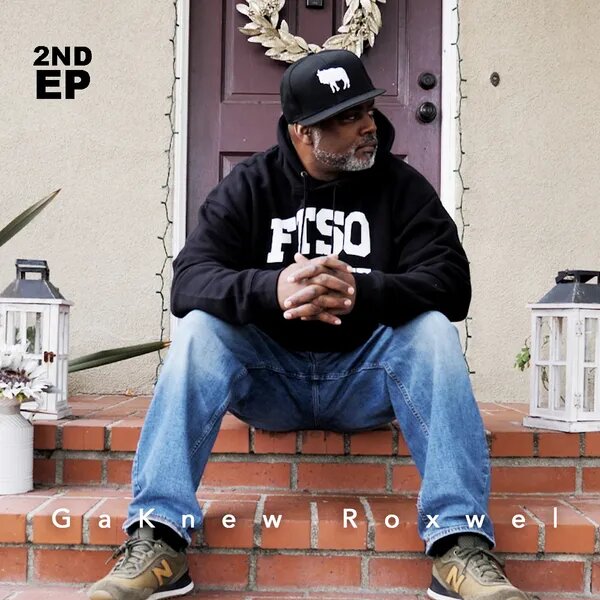The Electric Virtuoso Who Redefined Rock Music
Hands down-left an indelible mark on the landscape of rock and roll in just four short years. His innovative sound, flamboyant style, and audacious approach to music captivated audiences and redefined the electric guitar’s possibilities. Though his life was tragically cut short, the legacy he created continues to inspire musicians around the world.
Born Johnny Allen Hendrix on November 27, 1942, in Seattle, Washington, Hendrix showed an early interest in music. He received his first guitar at the age of 15 and quickly progressed from playing along to the radio to crafting his own unique sound. With a distinctive blend of blues, rock, and psychedelia, he soon drew attention, leading to performances in various bands in the early 1960s. But it was his formation of the Jimi Hendrix Experience in 1966 that catapulted him to superstardom.
Hendrix’s debut album, Are You Experienced, released in 1967, was a revolutionary record that showcased his extraordinary talent. With hits like “Purple Haze,” “Foxy Lady,” and “Hey Joe,” the album featured a sonic explosion that combined distorted guitar riffs with innovative studio techniques. Hendrix’s virtuosic skill, characterized by his innovative use of feedback, distortion, and whammy bar techniques, changed the way rock guitarists approached their instruments. He was not merely a performer; he was a sonic architect, orchestrating soundscapes that resonated with the spirit of a generation.
His prowess was not limited to playing the guitar; Hendrix was also a visionary producer. He understood the importance of studio technology in enhancing the auditory experience. His experimentation with different recording techniques, including backwards guitar solos and layering tracks, paved the way for future generations of artists who sought to break the traditional boundaries of music production. Hendrix’s live performances became legendary, often including Guitar solos that featured his innovative use of feedback and volume control, creating an almost ethereal sound that captivated audiences.
Despite his monumental success, Jimi Hendrix’s life was riddled with personal struggles. His heavy use of drugs, particularly LSD, and the pressures of fame were constants in his life. Hendrix’s girlfriend at the time of his tragic death, who witnessed the decline of his physical and mental health, claimed he had washed down a handful of sleeping pills with red wine before going to bed. The night of September 18, 1970, ended in tragedy when Hendrix died in London, a victim of asphyxiation due to his own vomit, a harrowing reminder of the tumultuous life he led.
Hendrix’s untimely death at the age of 27 placed him among the ranks of the so-called “27 Club,” a group of iconic musicians who all left us too soon. His passing shocked the world, leaving a profound sense of loss. Yet, rather than diminishing his influence, it amplified the mythos surrounding him. Artists and fans alike continue to pay tribute to Hendrix, who has been revered not only for his musical talent but also for his profound impact on the evolution of rock music.
Today, Jimi Hendrix is often cited as an inspiration by countless musicians across various genres, from rock to blues to funk. His innovative spirit and fearless experimentation laid the groundwork for rock music as we know it today. With every strum of the guitar, every incomprehensible sound, and every transformative performance, Hendrix boldly challenged the norms of music, leaving a legacy that transcends time.
In conclusion, while his life was tragically short, Jimi Hendrix’s contribution to music remains timeless. He revolutionized how we hear the electric guitar and shaped the very essence of rock and roll. Each note he played serves as a reminder of the extraordinary talent he was and the lasting impact he continues to have on artists and audiences alike. Jimi Hendrix was more than just a musician; he was a cultural icon, a fearless creator, and a brilliant artist whose influence will resonate for generations to come.



